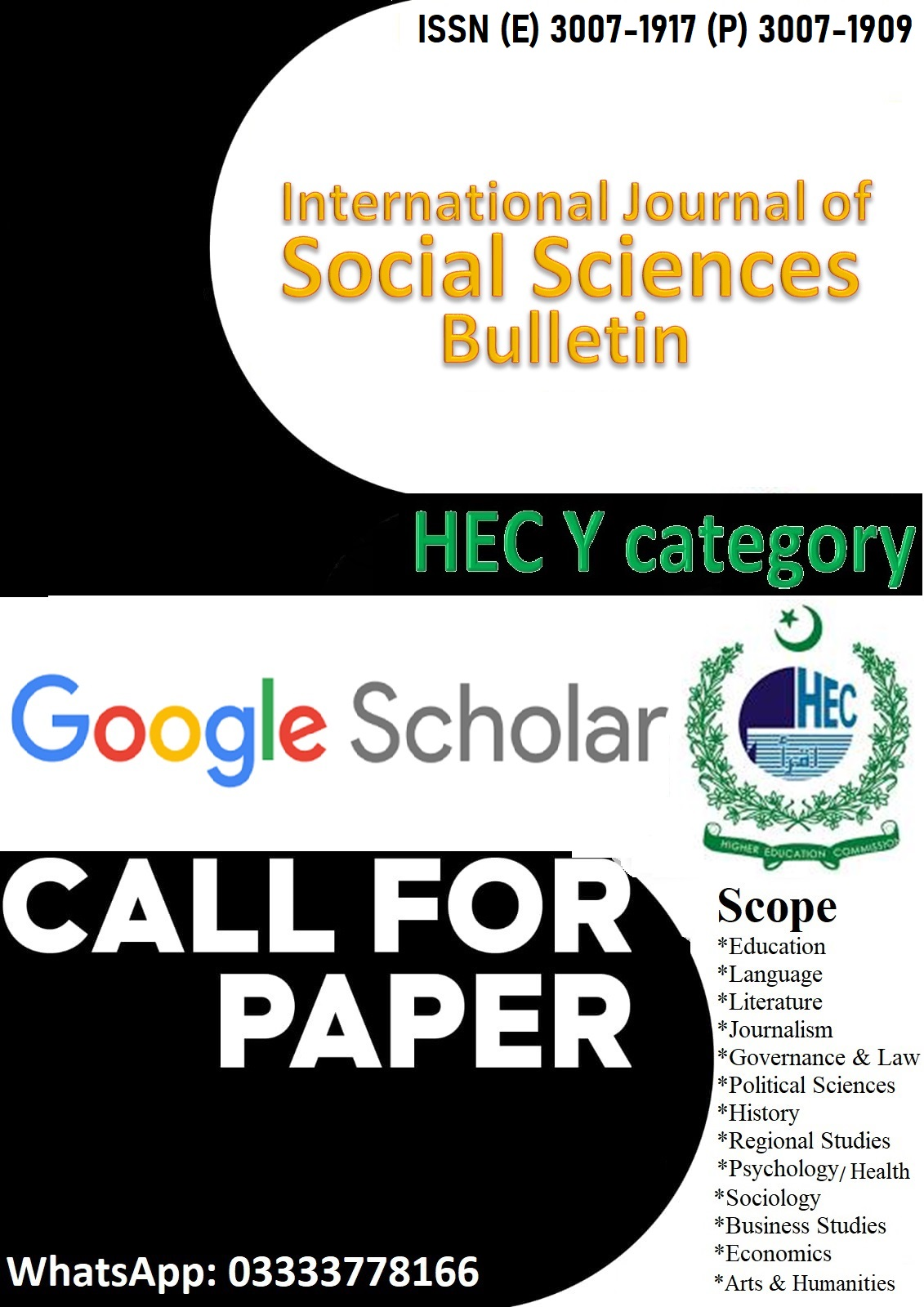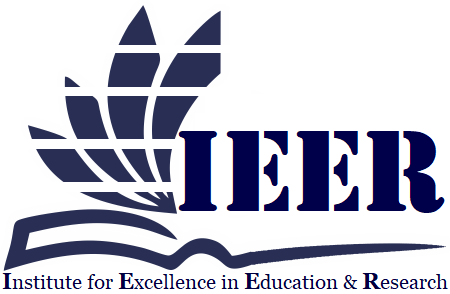IMPACT OF WORK TO FAMILY AND FAMILY TO WORK CONFLICTS ON THE WORK LIFE BALANCE WITH MEDIATING ROLE OF JOB STRESS: A STUDY OF UNIVERSITIES OF JAMSHORO CITY, SINDH
Keywords:
WORK TO FAMILY, FAMILY TO WORK CONFLICTS , WORK LIFE BALANCE , MEDIATING ROLE OF JOB STRESS, UNIVERSITIES OF JAMSHORO CITY,Abstract
The behavioralists established that in a person’s life there are different domains such work domain, family domain and social domain that should be viewed as a separate entity and hence require separate time and space to successfully complete them. If a person is mixing them and unable to strike balance between those key life domains, then he or she is experiencing a work life imbalance. The issue is that these life domains are heavily interconnected which poses a serious challenge to a person in managing them successfully at the same time. This interconnection between work and non-work activities has become a source of what is called incompatibility and later on it was more commonly described by the institutional psychologist as “role conflict”. The main objective of this study is to examine the impact of work-to-family and family-to-work conflicts measured through time-, strain- and behavior-based conflicts on work life balance of the faculty members working in the higher educational institutions of Jamshoro city. The estimates of direct structural path coefficients show that in work-to-family category, the most severe conflict is found to be strain-based conflict, followed by behavior-based conflict which negatively influence the work life balance of the teachers, implying that it is mismanagement of workload and unjust treatment of university authorities are major culprits that cause imbalance in their work and family life cycles. With respect to family-to-work category, they major conflicting factor happens to be behavior-based conflict, followed by strain -based conflict clearly indicating that it is not the time factor, but it is extra demands from work and family and non-cooperativeness form both work authorities and family members that cause stress and makes a teacher’s life hectic and imbalanced. The results of mediating structural path coefficients show that except strain-based conflict emanating from work-to-family category, all other conflicts drive up the stress level of teachers which in turn leads them to have an imbalance work life cycle. These findings carry significant practical implications for university management, governmental agencies, field experts, community organizations and other relevant bodies that are working to design targeted policies to enhance the work life balance of university teachers.
Downloads
Published
Issue
Section
License

This work is licensed under a Creative Commons Attribution-NonCommercial-NoDerivatives 4.0 International License.

















